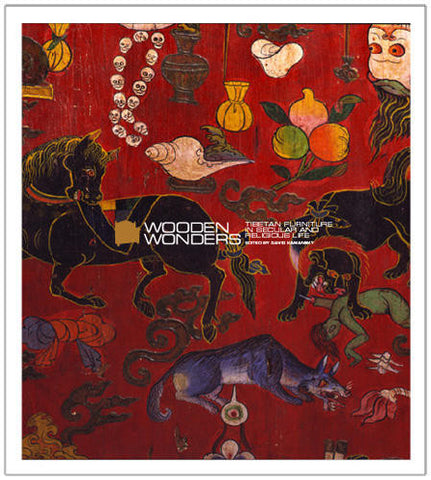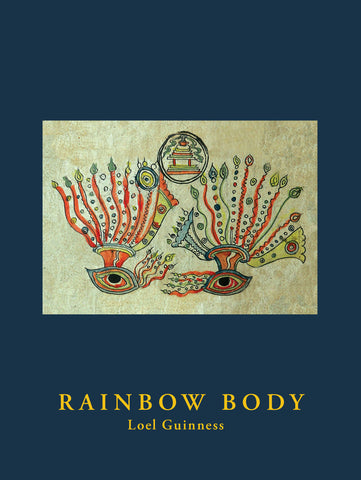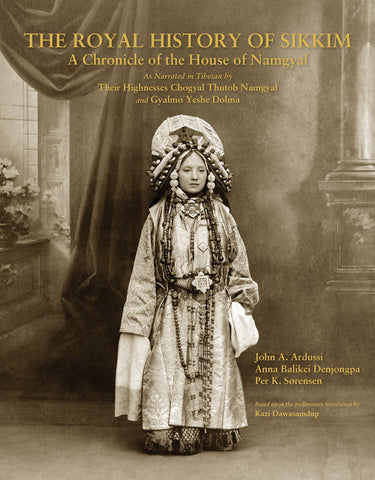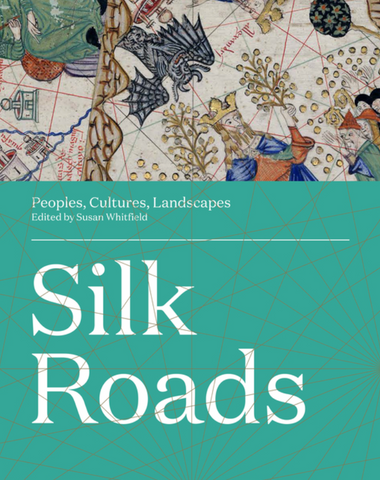
Wooden Wonders: Tibetan Furniture in Secular and Religious Life (Hardcover)
Wooden Wonders: Tibetan Furniture in Secular and Religious Life
"The Tibetan style of furnishing is elaborate and luxurious …when it is carried out with taste it has a bold, barbaric fascination that can hardly be excelled."
So the Italian scholar Fosco Maraini characterized the Tibetan interior during his travels on the plateau in the late 1930s. Within twenty years the world he so vividly described would be swept away in the tide of the Chinese invasion and the later Cultural Revolution. Yet while so much of Tibetan material culture was lost, furniture has survived and re-surfaced in the 21st century as one of the great new subjects in Tibetan design and aesthetics.
Wooden Wonders: Tibetan Furniture in Secular and Religious Life is the catalogue of an exhibition opening in November 2004 at the Pacific Asia Museum in Pasadena, California. Encompassing masterpieces of Tibetan furniture design and decoration in all its forms, the 148 exhibits are drawn from the large group of public and private collections in the western United States, the result of an active interest in the preservation and research of this long overlooked Tibetan art form.
This particular catalogue does not merely follow the genre’s traditional format but seeks to communicate both the aesthetic significance of these exceptional works of art and the important role they have played over the centuries in the daily and spiritual lives of the people of Tibet. The works in the exhibition, therefore, were selected both for their aesthetic and historical importance, and most are being publicly displayed for the first time. All are lavishly illustrated in color, and each is accompanied by details of type, date (supported in several cases by Carbon 14 testing), dimensions and description of decoration and materials.
The exhibition and catalogue were developed by an extraordinary team of curators, scholars, and writers led by David Kamansky of the Pacific Asia Museum. Wooden Wonders presents eleven articles from this team ranging from Luca Corona and Camilla Hulse Corona’s comprehensive survey of Tibetan furniture types and methods of construction and decoration to more specialist discussions such as Dale Gluckman’s article on textile patterns in the furniture’s painted decoration and Geshe Lobzang Tsetan’s and Kathleen Kernell's elucidation of the ritual uses to which some of the furniture was put. The glossary that closes the book provides for the first time a review of the terminology associated with Tibetan furniture.
We Also Recommend





